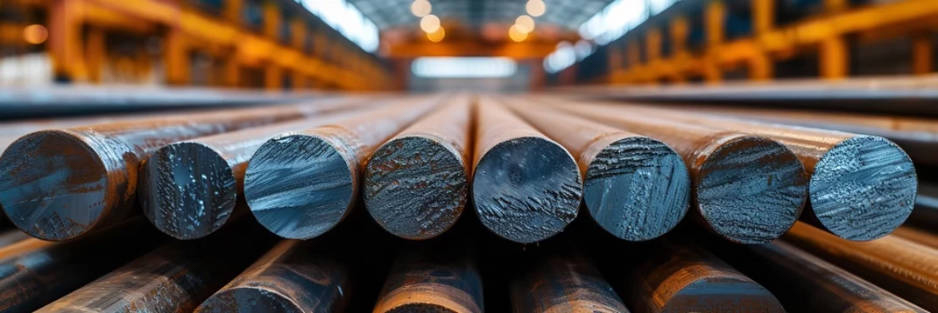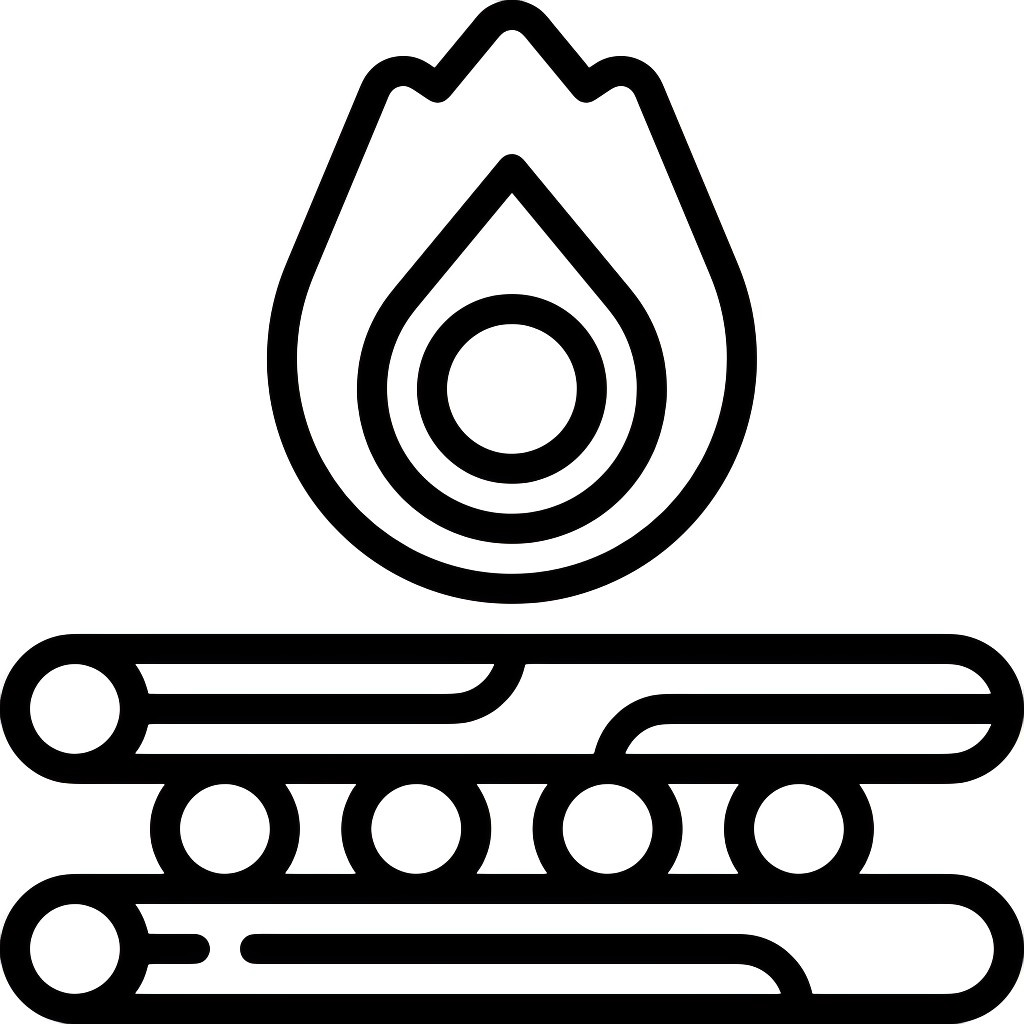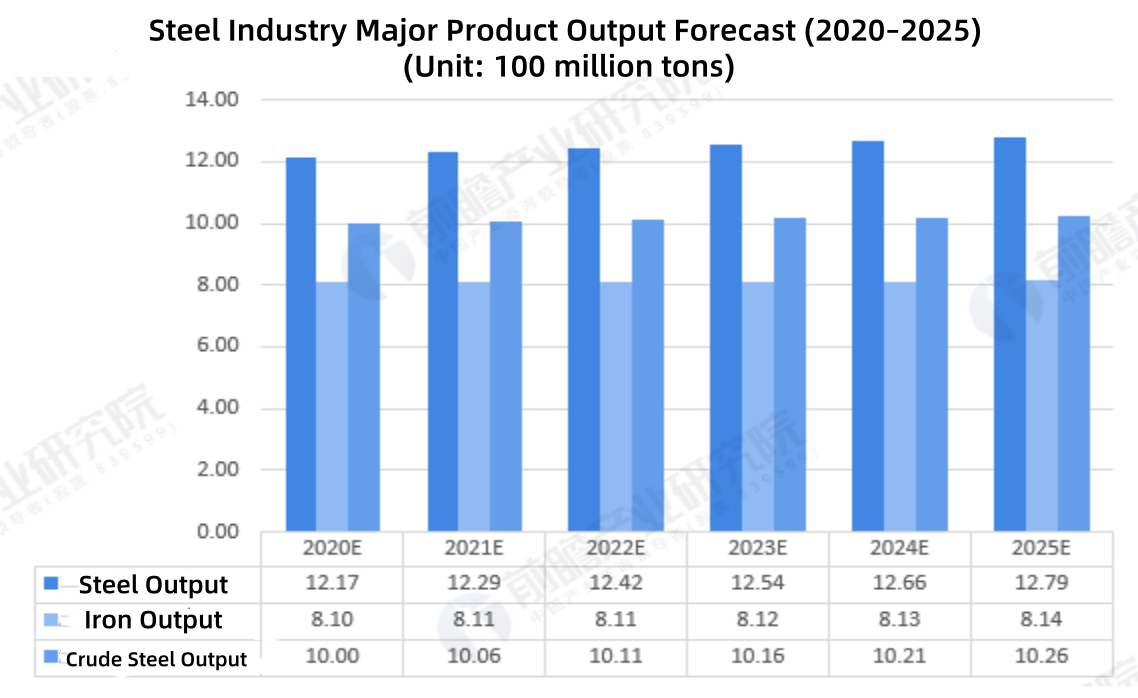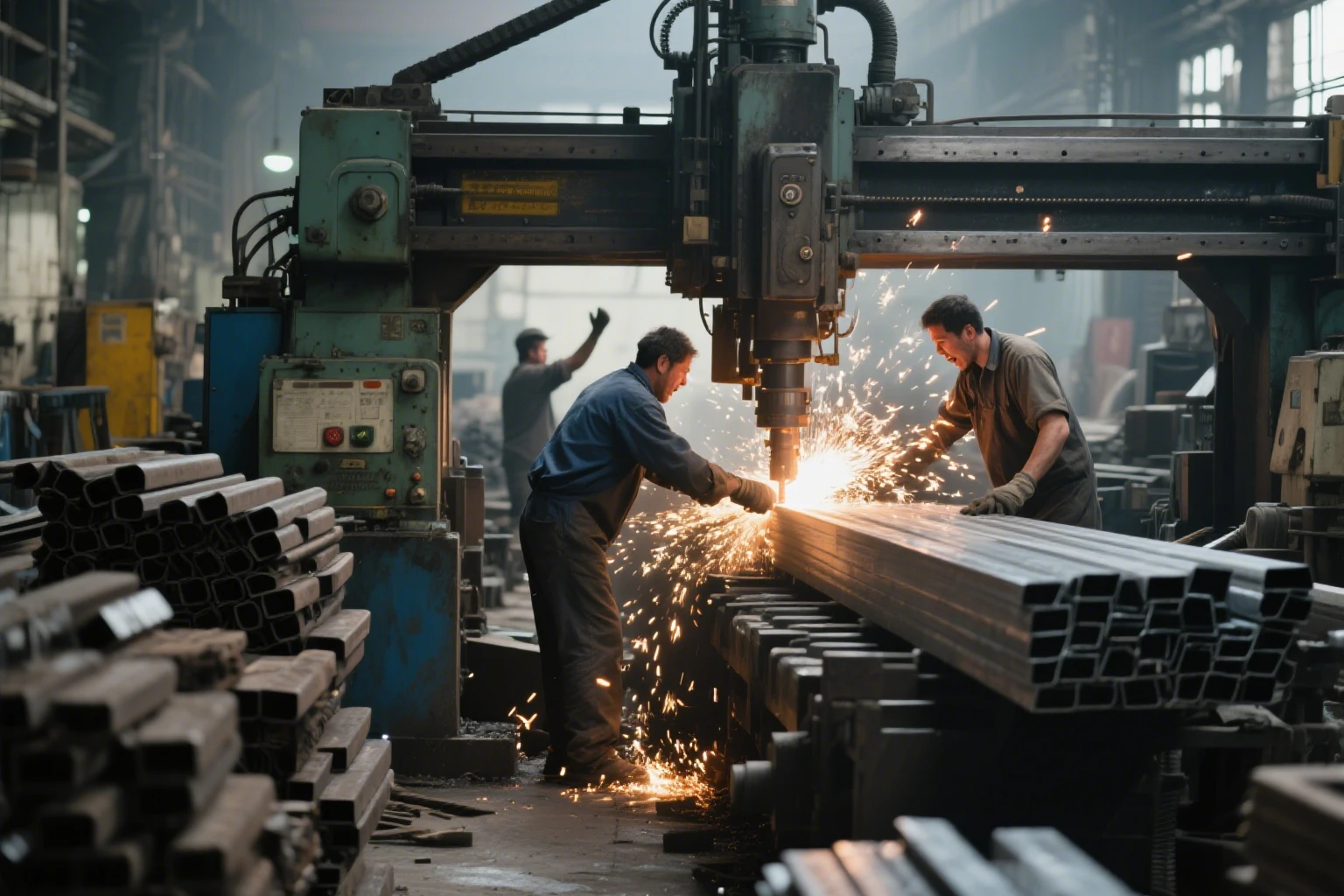China‘s Steel Production Hit a Ten–Month High
China, the world’s largest producer of steel, reported a 4.6% increase year-on-year in crude steel production, with March 2025 production of 92.84 million metric tons, the highest volume since May 2024. The increase was driven by robust export demand and better profit margins, with 53% of Chinese mills profitable last month compared with 25% in March 2024, according to data from Mysteel.
However, analysts warn that output in April may flatten or even decline from March levels amid rising trade tensions between the U.S. and China and uncertainty around domestic infrastructure demand. “Steel exports could shrink as trade frictions increase, and we remain cautious about consumption in important sectors,“ said Pei Hao, analyst with Shanghai-based Shenwan Hongyuan economist.
British Steel Advances £1.25B Decarbonization Plan with EAF Approvals
In a landmark move for Europe’s green steel transition, British Steel has secured planning permissions to build two electric arc furnaces (EAFs) at its Scunthorpe and Teesside sites. The £1.25-billion project aims to slash CO2 emissions by over 75% by replacing aging coal-based blast furnaces, marking the company’s largest transformation in a century.
CEO Xijun Cao emphasized the urgency of UK government support to finalize the plan, which promises to safeguard thousands of jobs and ensure sustainable steel production. “Electrification is critical to delivering the low-carbon steel Britain needs,” he stated. British Steel has begun preliminary talks with unions and pledged support for workers affected by the shift.
The EAFs will maintain production of all steel grades by optimizing raw material inputs, a strategy validated by UK Steel’s technical studies. The initiative aligns with global efforts to curb industrial emissions but hinges on timely state backing.
EU Extends Steel Safeguards to 2026 Amid Global Overcapacity Pressures
The European Commission has prolonged its steel safeguard measures until June 2026, citing persistent global overcapacity—driven largely by China’s export surge—and weakened EU demand. The extended policy adjusts tariff-rate quotas (TRQs) to balance duty-free imports with protections for domestic producers.
Since 2018, the EU has relied on TRQs to manage steel imports, with volumes rising 25% post-liberalization. The latest extension responds to heightened trade distortions, including third-country export shifts due to U.S.-China tensions and restrictive measures worldwide. A 25% duty applies to imports exceeding quota limits.
“This extension safeguards EU industry while adapting to market realities,” the Commission stated, noting the measure’s role in supporting the bloc’s green transition amid competitive pressures.
Intersecting Trends: Trade, Technology, and Transition
The global steel sector faces a complex landscape:
- Trade Pressures: China’s output surge and EU safeguards highlight growing regional protectionism, while U.S.-China tensions threaten to disrupt export flows.
- Green Shift: British Steel’s EAF project mirrors broader industry pivots to electrification, though funding and policy alignment remain hurdles.
- Demand Uncertainty: Weak EU demand and China’s property crisis underscore the need for diversified markets and sustainable consumption models.
For manufacturers and investors, these dynamics signal both risks—volatile trade policies—and opportunities in green steel innovation and regional supply chain resilience.
Stay informed with PromiSpecial’s global industry updates. Subscribe for real-time insights on trade, technology, and market trends.


























